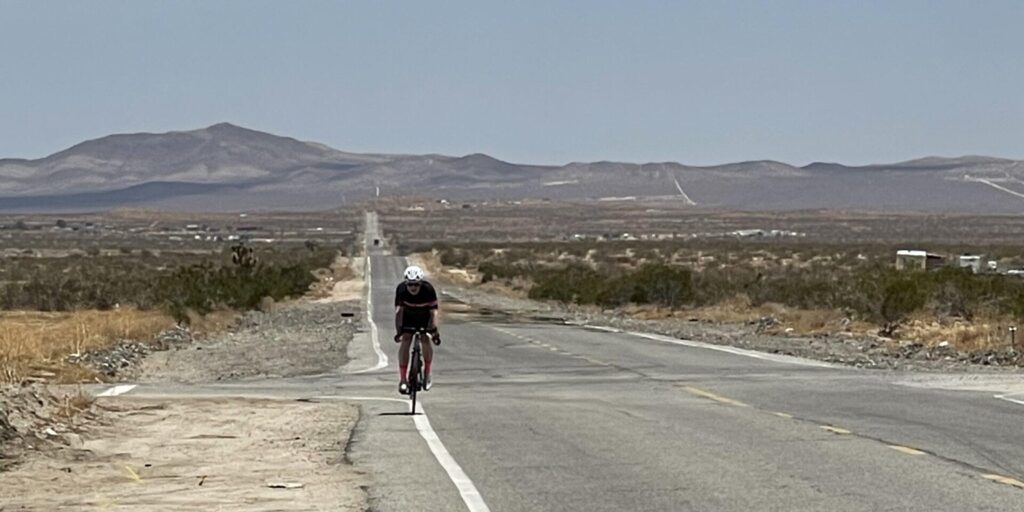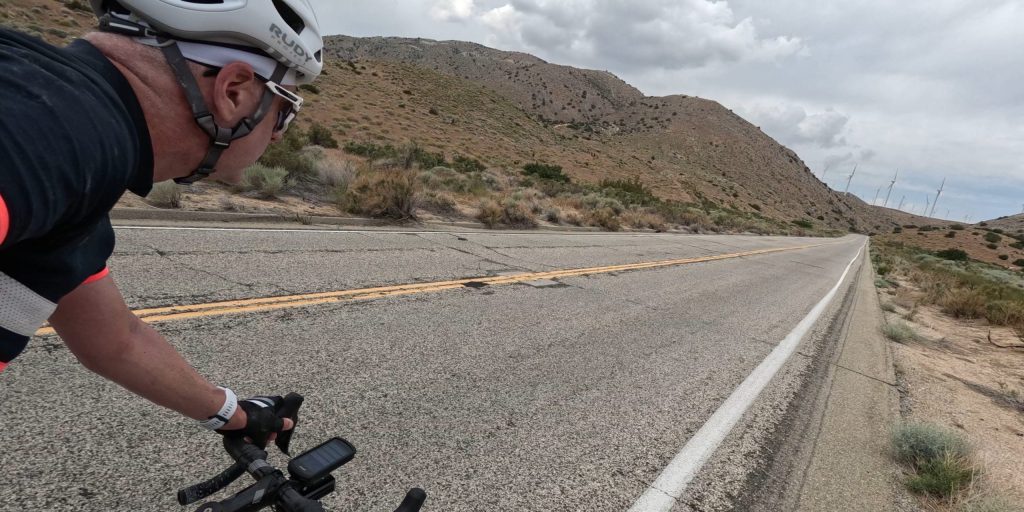Objective:
Ensure a seamless and efficient rest stop experience for Daniel, prioritizing health, comfort, and adherence to race regulations.
1. Official Check-In:
- Mandatory Procedure: Upon arriving at a time station, the first priority is to check in with race officials. This ensures compliance with race rules and logs Daniel’s progress.
- Documentation: Carry any required race documentation or credentials for easy and quick access at these checkpoints. It will expedite the process and ensure no essential details are missed.
(See race plan for specific requirements and instructions.)
2. Efficiency is Key:
- Preparation: Before Daniel arrives, lay out all the essential items he might need, from nutrition and hydration to clothing changes and race-specific gear. For example:
- Offer a selection of beverages (Coke, Dr. Pepper, etc.) and salty snacks (pretzels, chips, crackers, etc.)
- In cold temperatures and at night, offer a blanket and have hot drinks (coffee, tea) and food (instant noodles) available.
- Check the weather forecast for the local area and advise the cyclist accordingly. If weather conditions are likely to change, be ready to offer appropriate clothing.
- Anticipation: Familiarize yourself with Daniel’s needs and preferences. Predict what he might require and have it on hand.
3. Time Management:
- Swift Stops: Aim to keep the rest stop as concise as possible, without compromising on essential tasks. The goal will be to limit time stopped to 5 minutes or less, unless additional time is required (e.g., mechanical issue, excessive fatigue, etc.) To assist in keeping this goal, start a 5-minute countdown timer when Daniel arrives and periodically announce the time remaining (e.g., 2 minutes, 1 minute).
- Productivity: Prioritize tasks. While speed is crucial, ensure all necessary tasks are completed. Addressing Daniel’s needs fully during the stop can save time in the long run.
4. Temperature Mangement:
- Ice Vest: In high temperatures, have an ice vest at the ready. Upon Daniel’s arrival, assist him with wearing it to quickly decrease core body temperature.
- Cold Drinks: In high temperatures, offer a chilled drink immediately. A cold beverage assists in maintaining hydration levels and cooling down the body.
- Nighttime Conditions: Be prepared for cooler temperatures. Have warm clothing and blankets on standby and offer hot drinks to keep the cyclist warm.
5. Physical & Mental Health Assessment:
- Discomfort Checks: Immediately inquire about any discomforts or issues Daniel might be experiencing.
- Mental Alertness: Recognize that fatigue can set in more significantly during the nighttime hours. Ensure Daniel is mentally alert before continuing. Engage Daniel in a brief conversation to gauge their cognitive clarity. Consider a short, timed power nap if the athlete shows signs of extreme fatigue.
- Immediate Action: Address any concerns as soon as they’re identified, from equipment adjustments to physical discomfort.
See also:
- Recognizing Fatigue and Taking Action
- Recognizing the Signs of Dehydration and Taking Action
- Handling Common Physical Issues
6. Special Considerations for Nighttime Rest Stops:
- Check Lighting Equipment: Make sure that all lights on Daniel’s bike are operable and have sufficient charge. Replace as necessary. Lights removed from Daniel’s bike should be charged in the support vehicle so that they will be available when needed.
- Ensure the rest stop area is well-lit. Use headlamps, lanterns, or other portable lighting sources.
- Maintain Visibility. The cyclist and crew should wear reflective clothing and gear to increase visibility to others, particularly near roads or traffic.
- Beware of Hazards. Note any hazards on the path leading up to the rest stop and communicate these to Daniel as he approaches.
- Maintain a quiet environment. Keep in mind that sound travels farther at night; minimize noise and disruptions.
7. Miscellaneous:
- Clear Communication: Keep Daniel informed about the next rest stop’s distance, any race-related updates, and weather conditions.
- Positive Reinforcement: Offer words of encouragement. An uplifted spirit can have a significant impact on Daniel’s performance and resilience.
Final Reminders:
- Teamwork remains essential. While each crew member may have designated tasks, be prepared to assist one another. The ultimate goal is to provide comprehensive support for Daniel.
- Never compromise on safety. If there are concerns about Daniel’s health or safety, prioritize well-being over race progress.
Adherence to these guidelines ensures Daniel remains in top form and the team stays compliant with race regulations, promoting a successful race experience.


